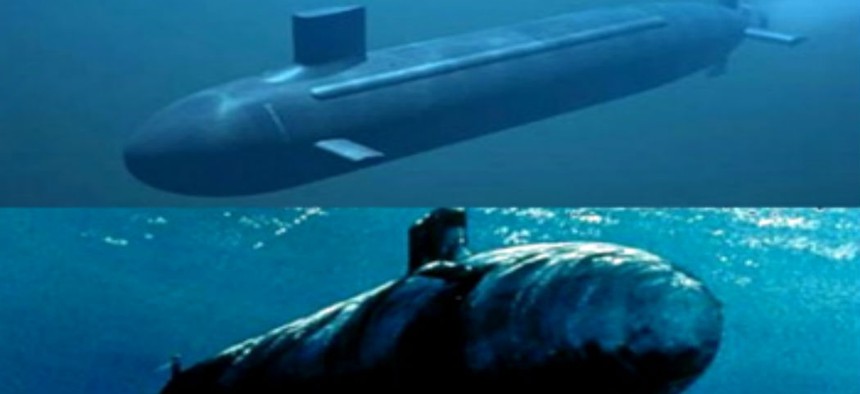Underwater sensors bolster anti-submarine capabilities
The Navy’s Deep Reliable Acoustic Path Exploitation System will transmit data from underwater sensors.
Finding one lone submarine amid vast swathes of oceans will be easier for the Navy thanks to an uninterrupted acoustic network of underwater sensors.
General Dynamics Mission Systems’ Maritime and Strategic Systems division will provide the design, hardware and construction for the Navy’s Deep Reliable Acoustic Path Exploitation System, as well as demonstration of three DRAPES arrays. The arrays will be deployed in a field configuration and transmit their data for processing to the Naval Ocean Processing Facility.
Receivers on or near the water’s surface face tremendous signal interference. Noise interference drops significantly, however, as the node plunges deeper into the sea, where it can relay its sonar information to other receivers regardless of whatever weather rages above water. By solving existing communication difficulties, the sensors bolster the Navy’s anti-submarine warfare capabilities.
DRAPES resembles an project fielded by the Defense Advanced Research Projects Agency. In 2013, the agency prototyped the Transformational Reliable Acoustic Path System, which, like DRAPES, casts a wide observational net that reaches the ocean’s edges and relays that information to base.
Work on the $18.8 million cost-plus-fixed-fee contract will be performed in North Carolina and should be completed by Oct. 2020. At the time of award, $40,000 of the Navy’s fiscal year 2017 research, development test and evaluation funds will be obligated. The Office of Naval Research, Arlington, Va., is the contract activity.
The technology falls under the Navy’s “Sea Shield” program outlined in its Future Naval Capabilities program.





